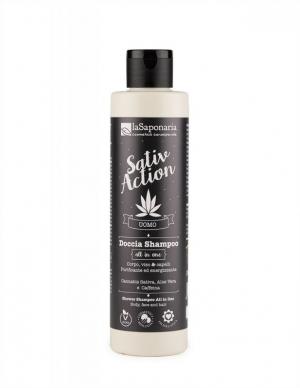Cellulose Acetate Butyrate
Other names: Cellulose acetate butyrate, CAB
Harm score: 2 (Derivatives of natural substances)
Cellulose Acetate Butyrate, also known as Cellulose Acetate Butyrate, belongs to the group of thermoplastic resins. This material is known for its excellent ductility at both high and low temperatures, allowing it to be molded into a wide range of shapes and sizes. Its transparency and ability to produce deep glossy surfaces make it highly sought after in several industries. This resin is also resistant to ultraviolet light, stains and chemicals, making it an ideal material for the manufacture of a variety of consumer products.
Cellulose acetate butyrate is mainly used in the manufacture of eyeglass frames, where its properties allow for the creation of durable and aesthetically appealing products. Similarly, this material is found in the automotive industry, where it is used for the production of dashboards, interior and exterior car trim. Other applications include painted plastic models, as CAB material can be easily coated with acrylic or enamel paints. Last but not least, it is also often used in the cosmetics industry for the production of lipstick packaging, nail polish and other cosmetic products. It also makes a significant contribution to the manufacture of tools and equipment in agriculture or for the production of safety glasses and helmets.
You won't find this substance in our products. Try the natural, chemical-free products in our range.
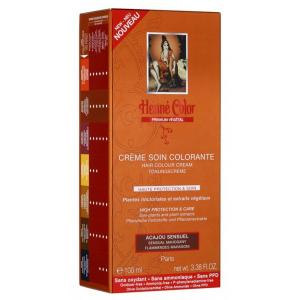
Tinting hair dressing with high protection and care Premium 100ml Mahogany
Product detail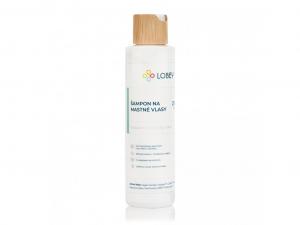
Shampoo for oily hair 200 ml
Product detail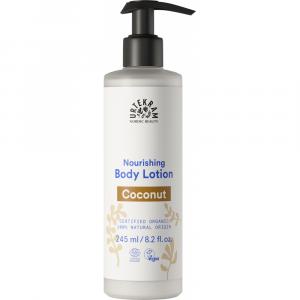
Body milk coconut 245ml BIO, VEG
Product detail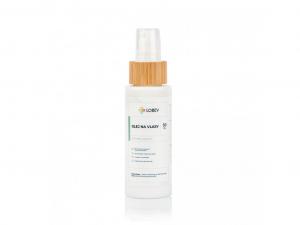
Hair oil 50 ml
Product detail